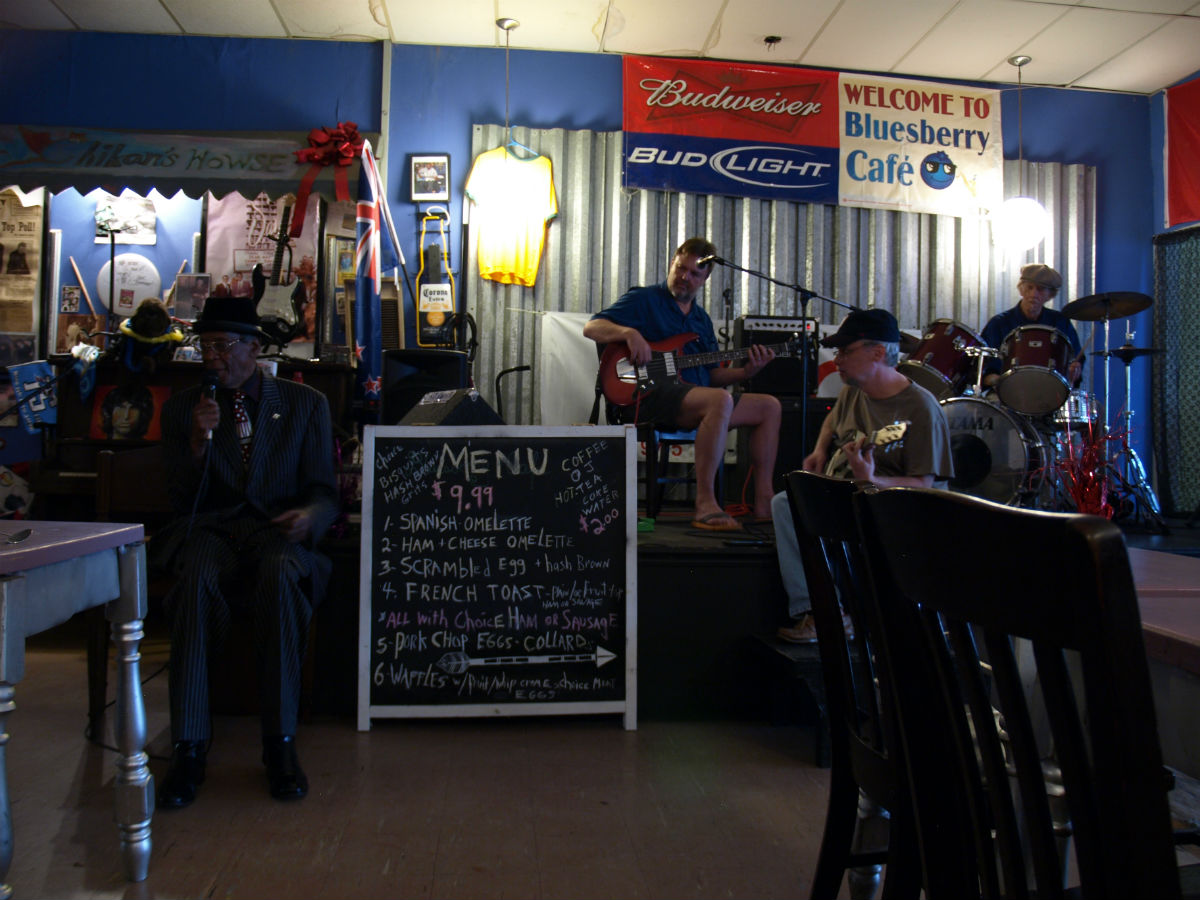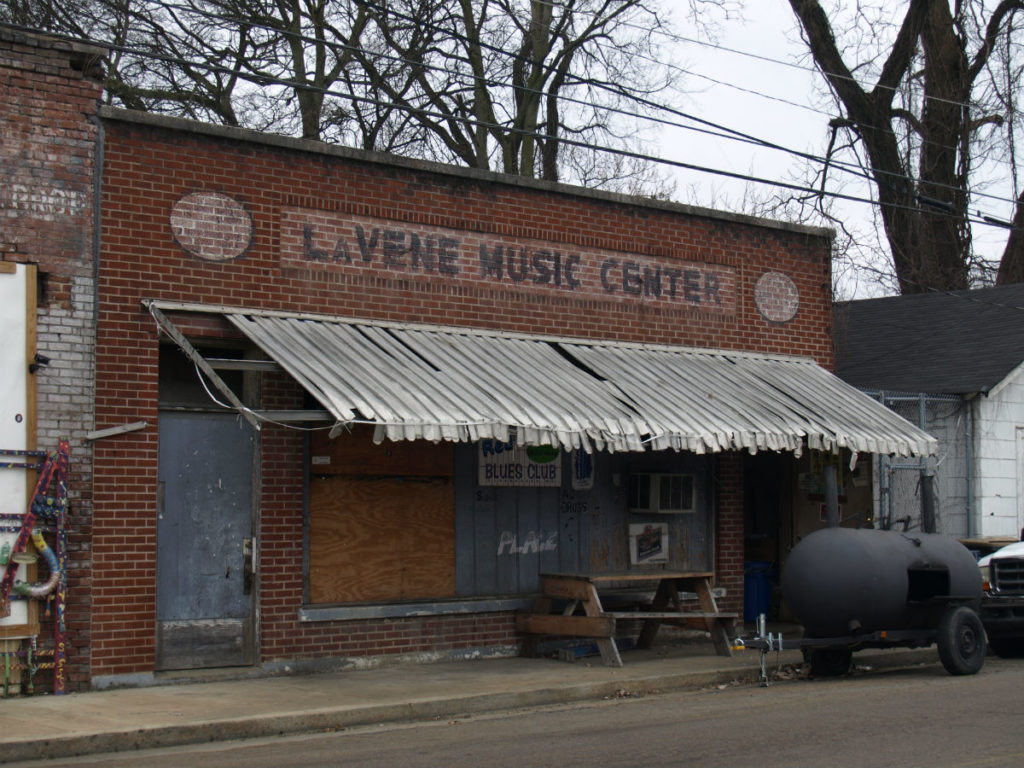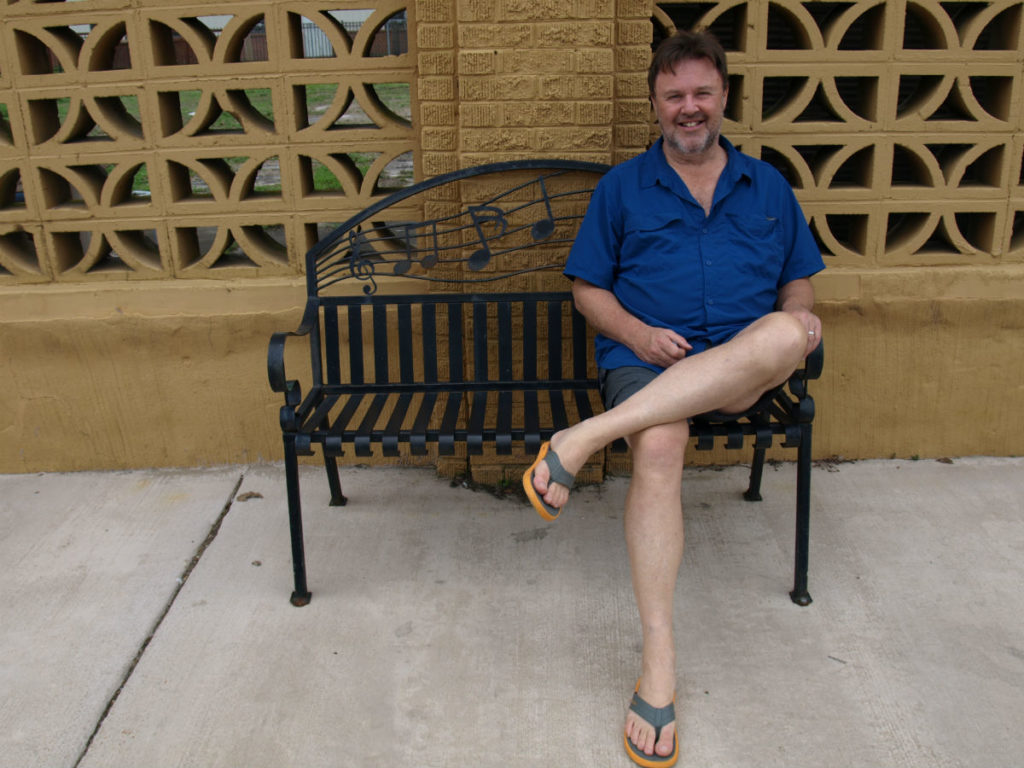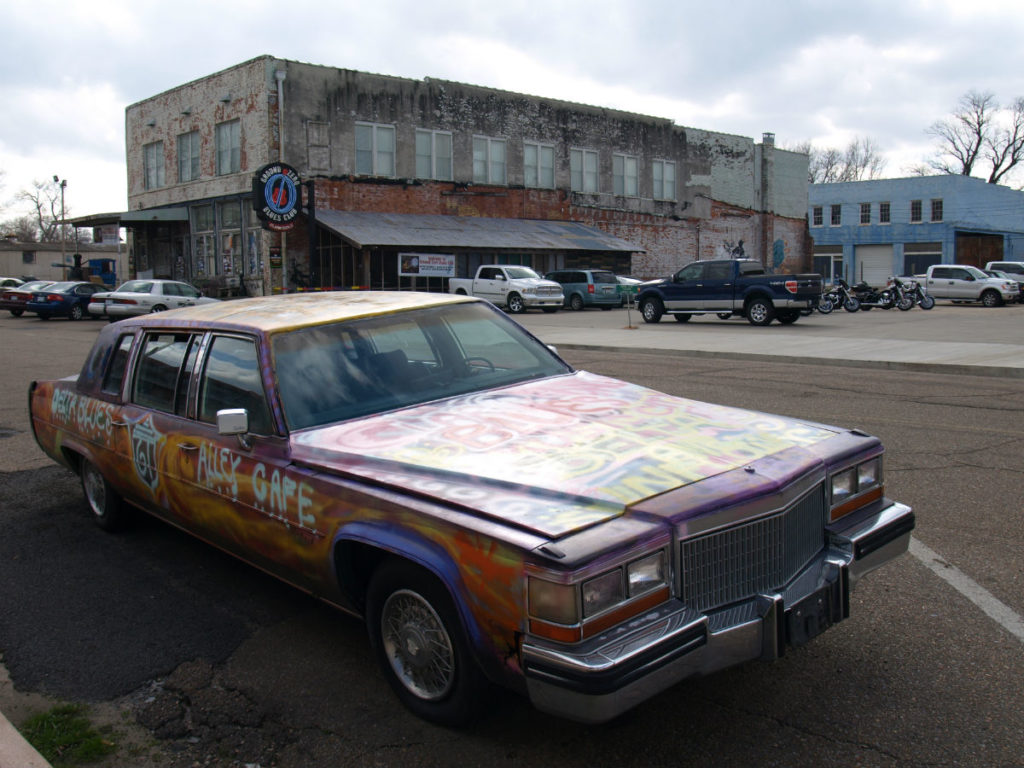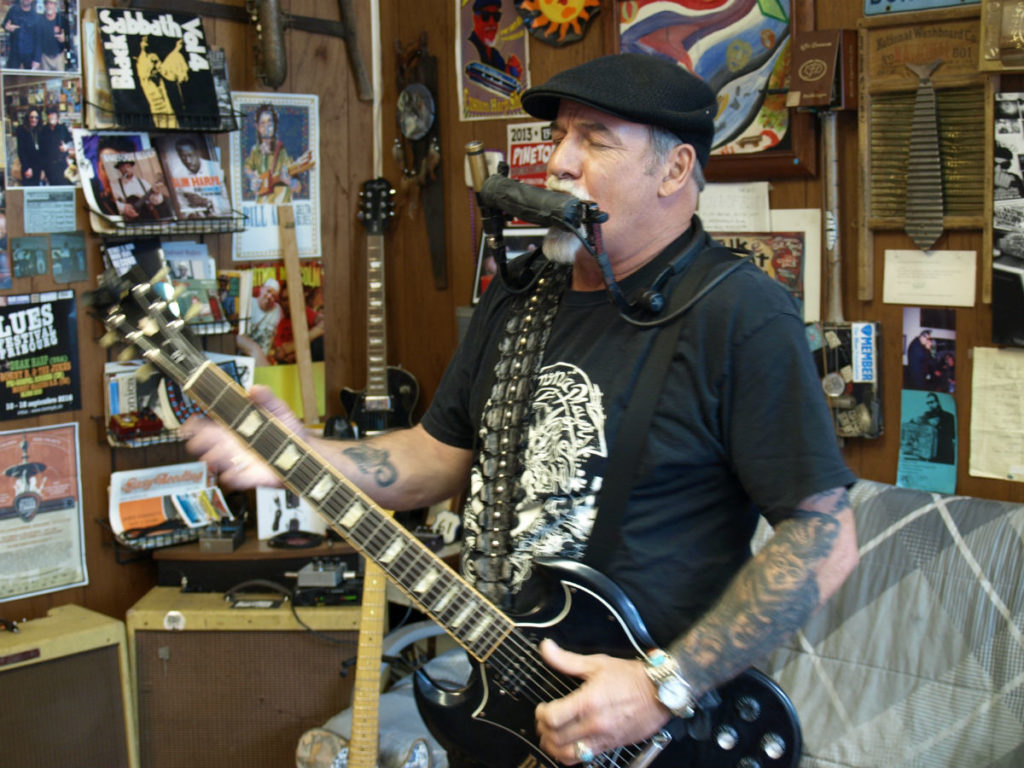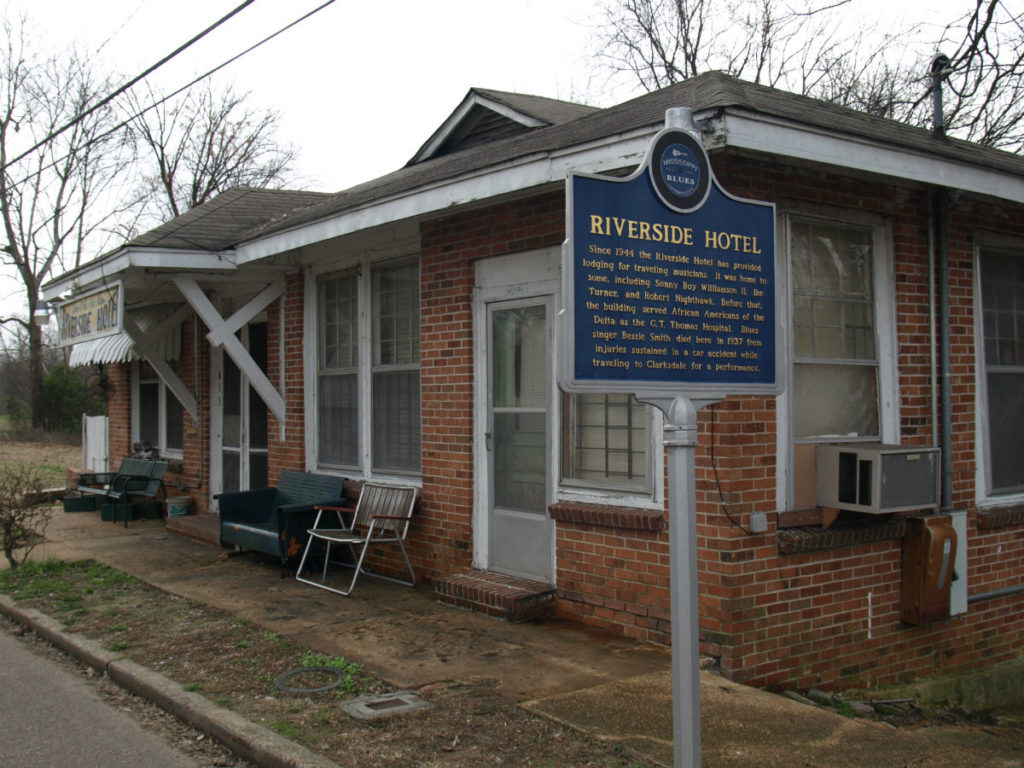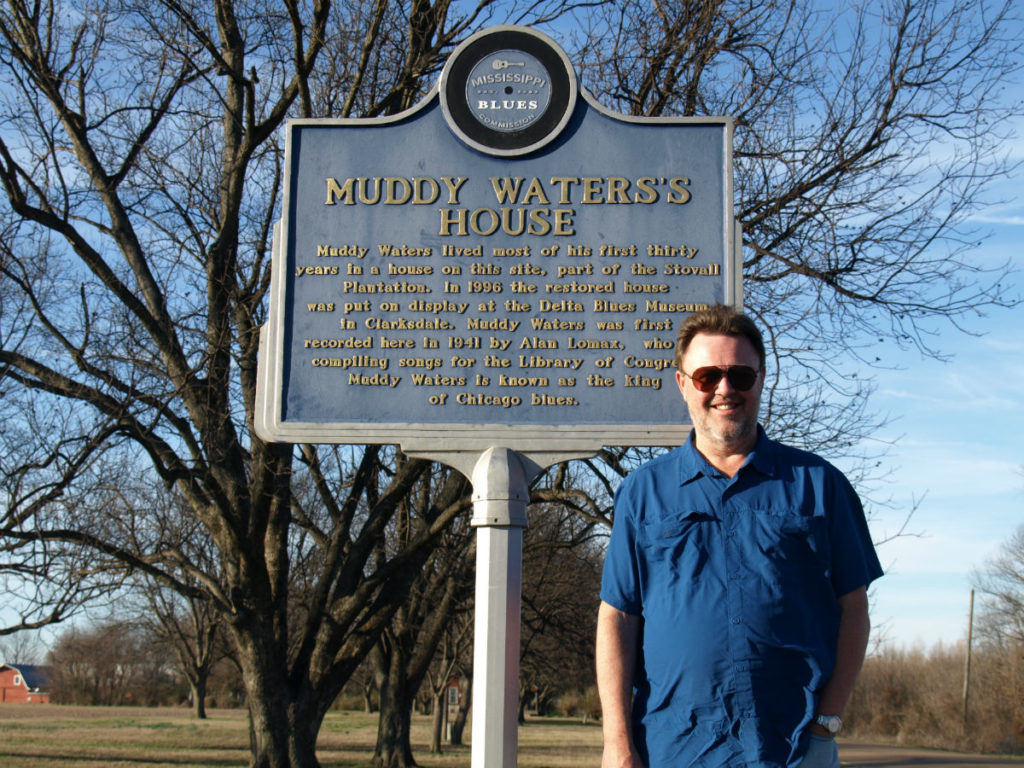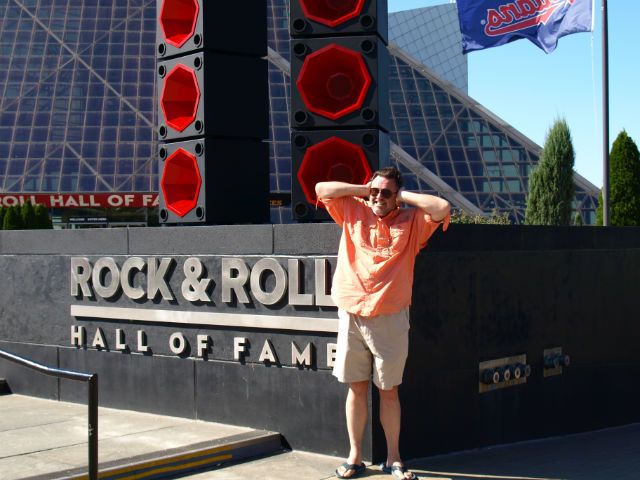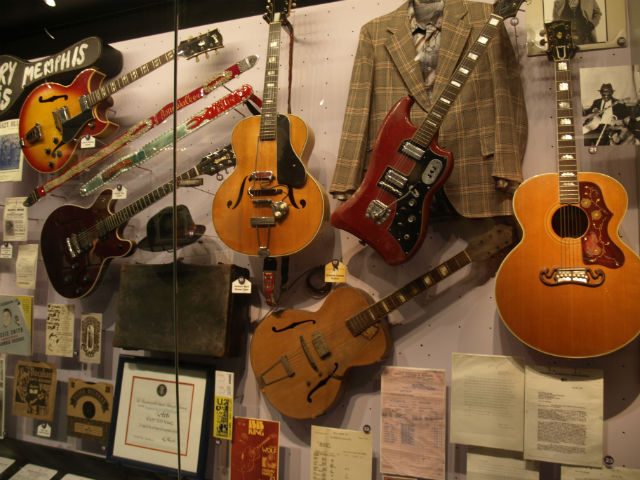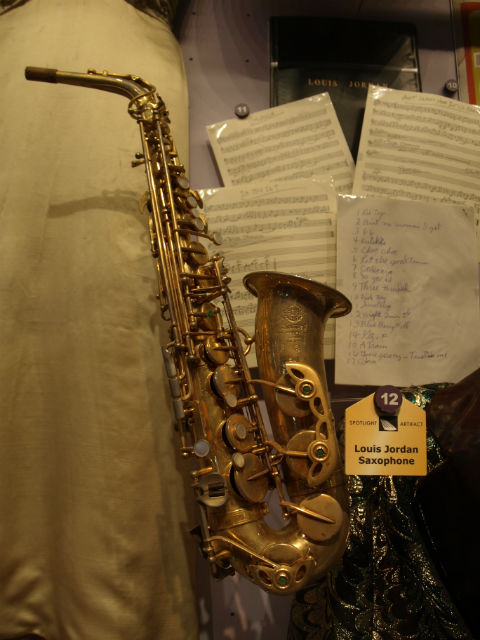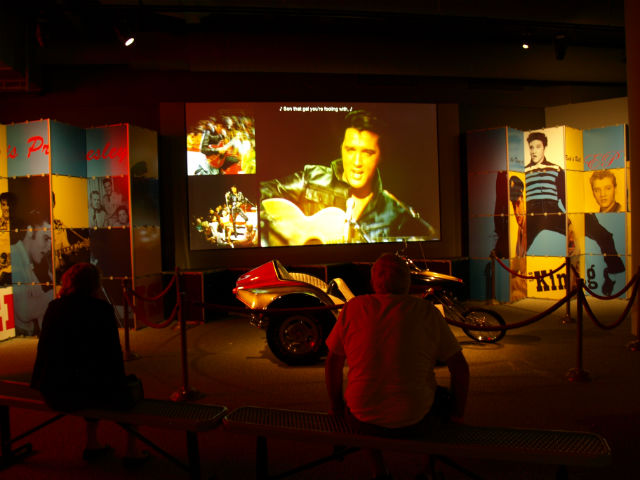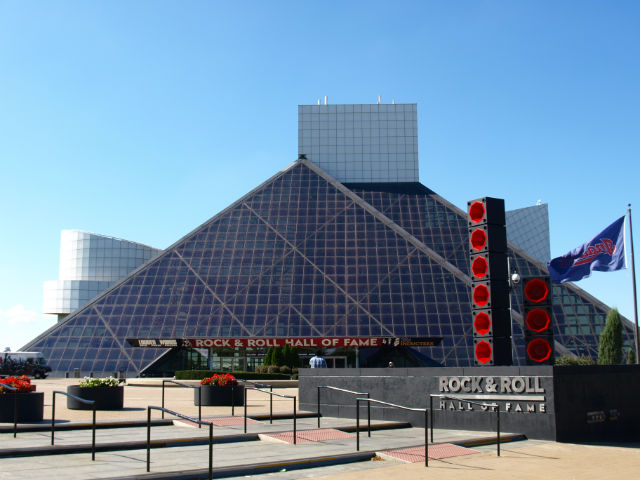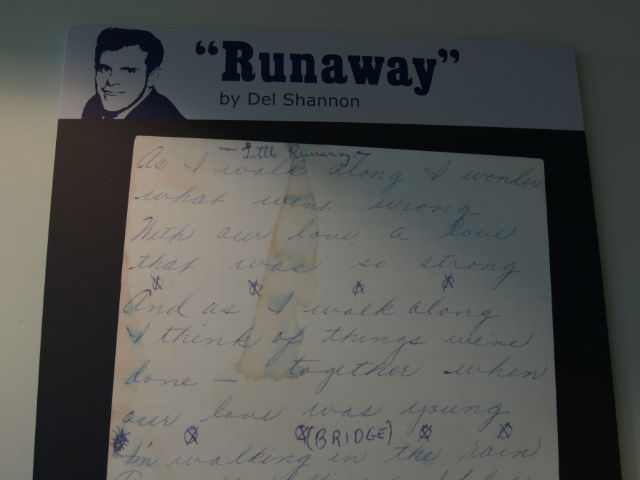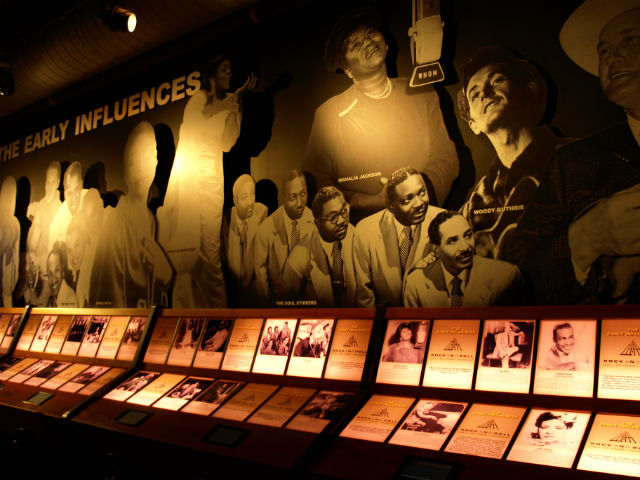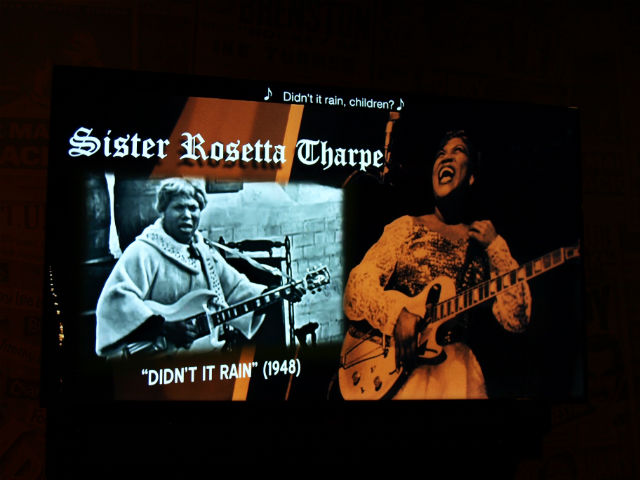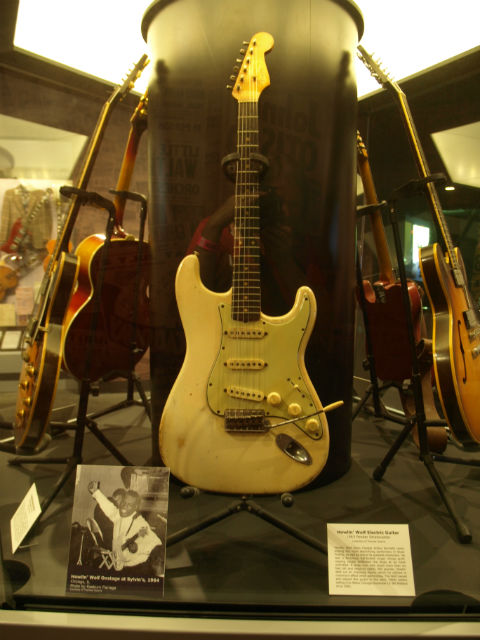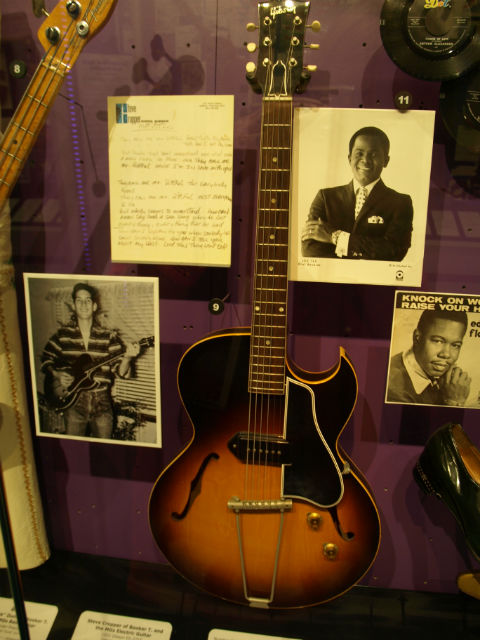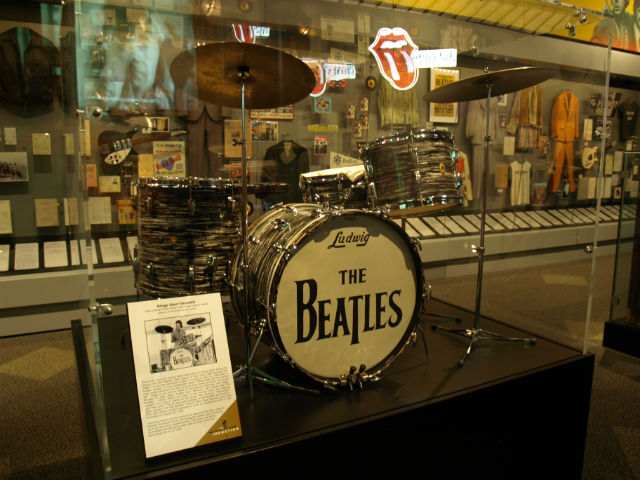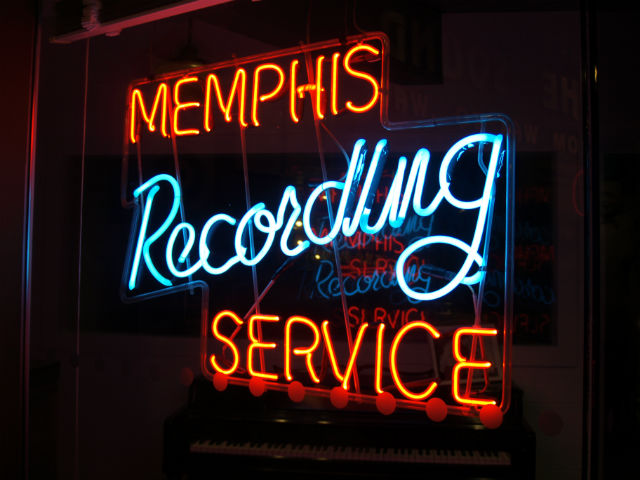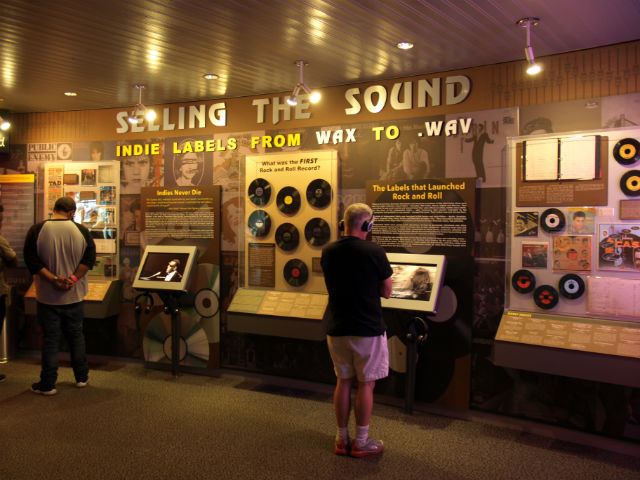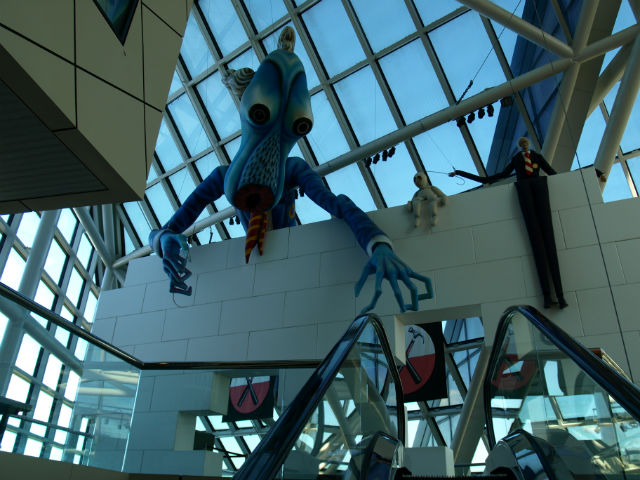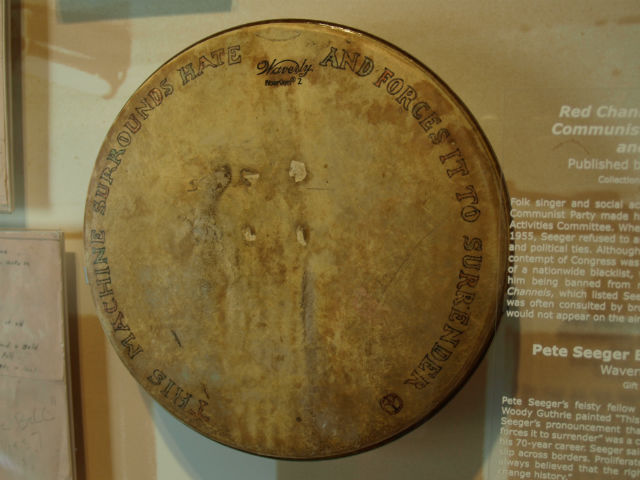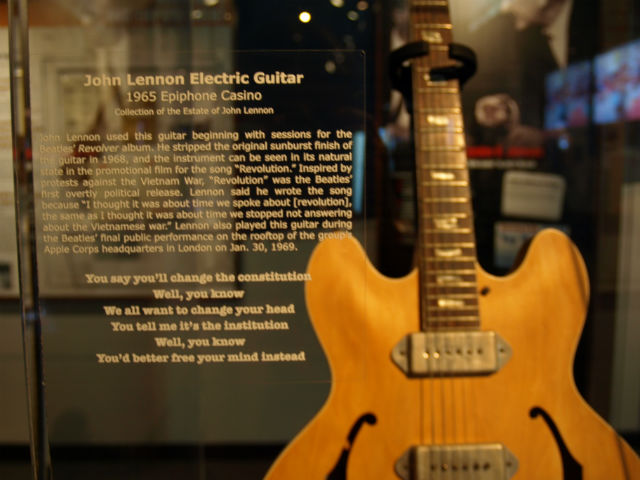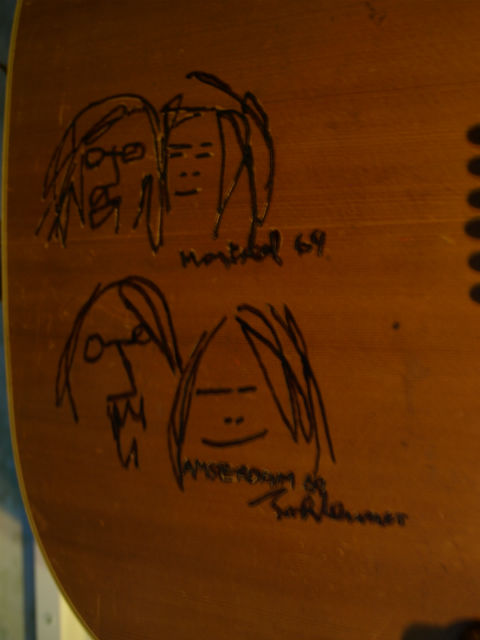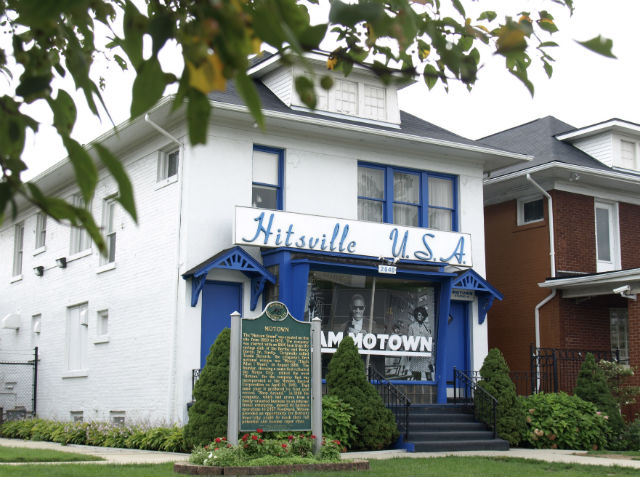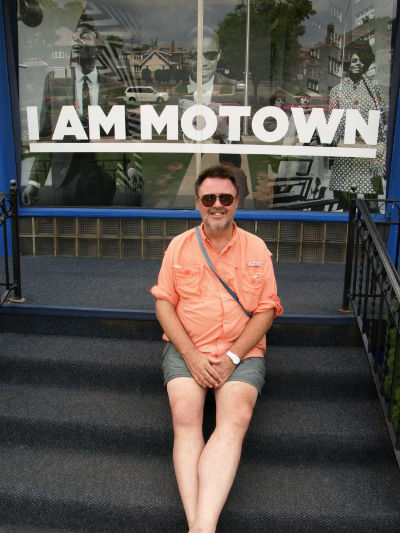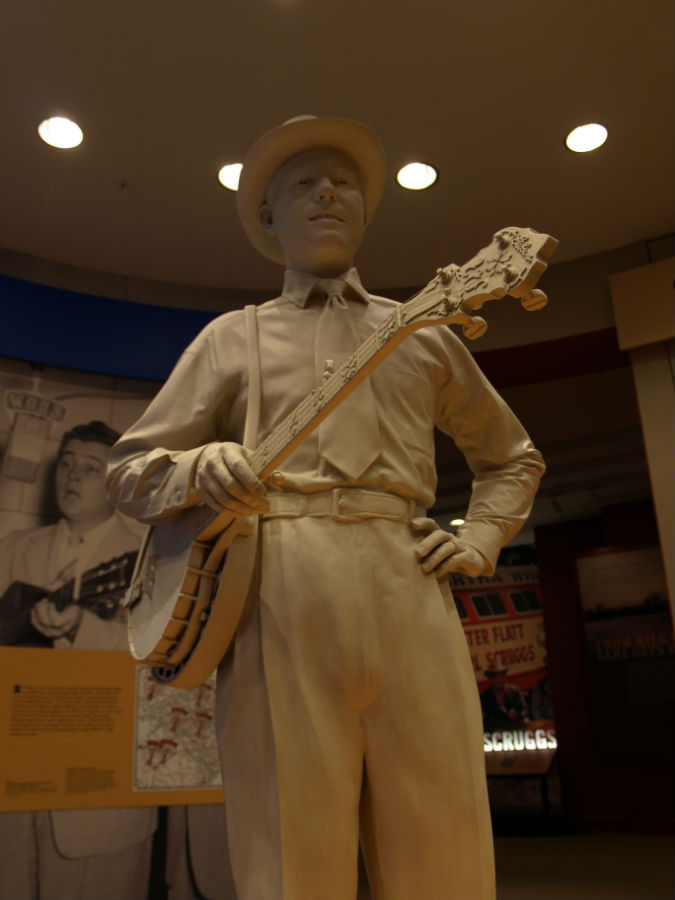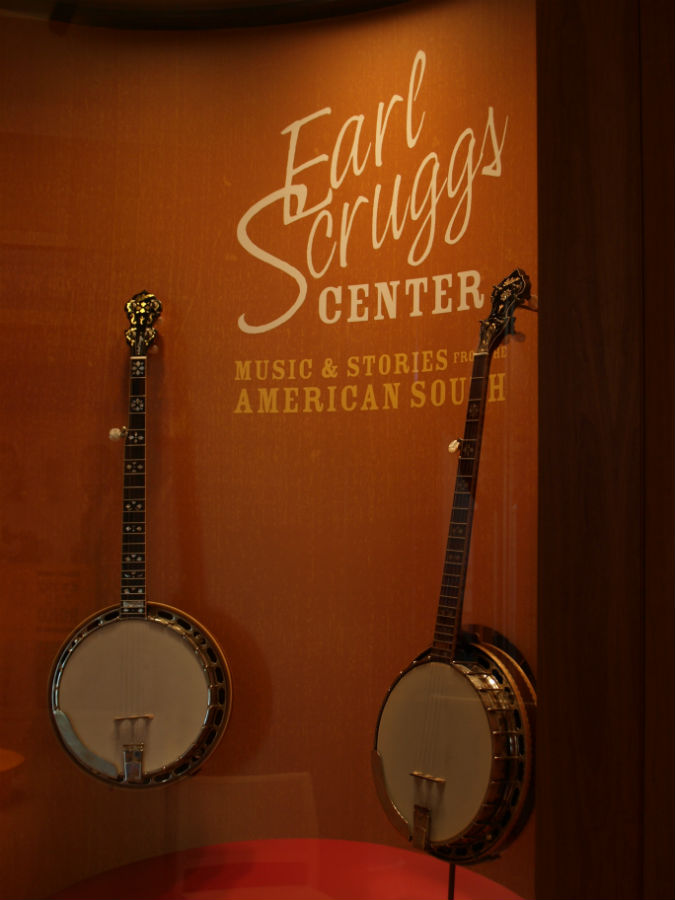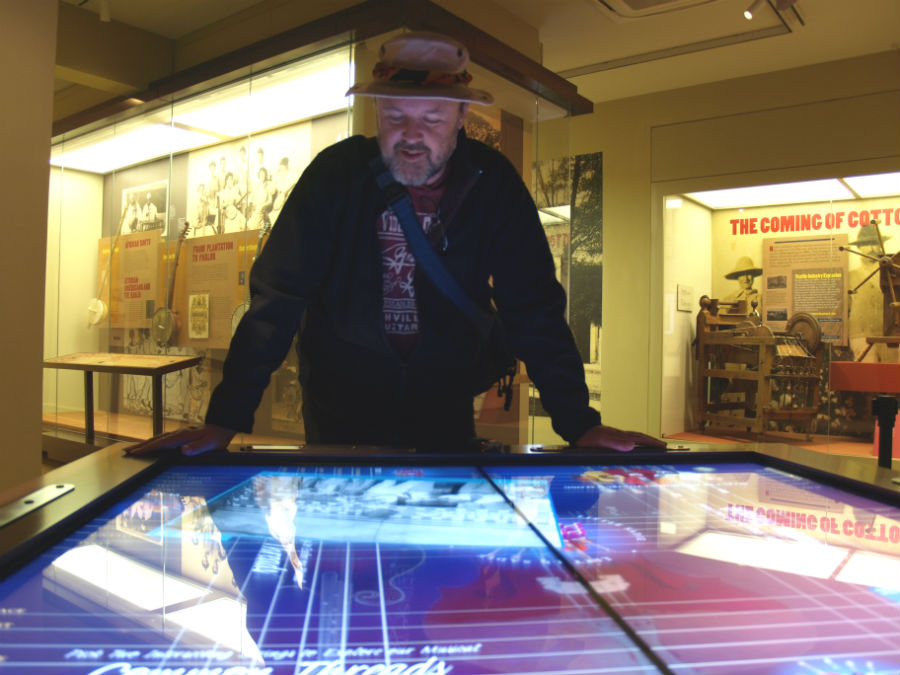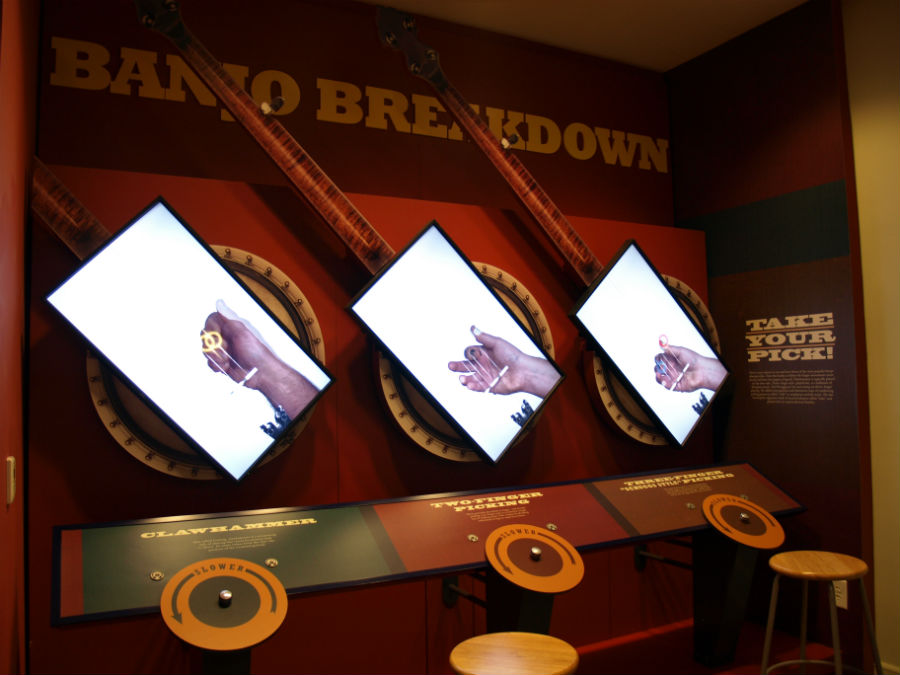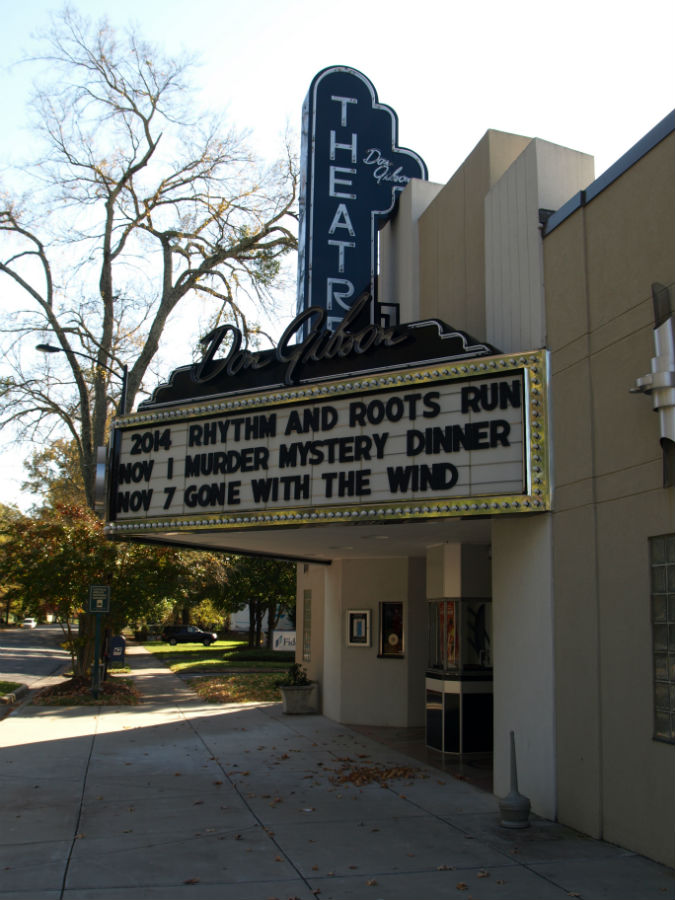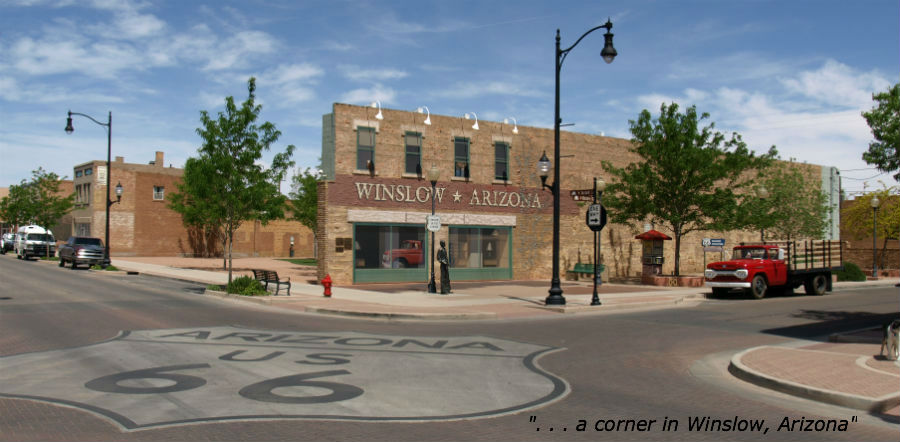Travelling from north to south our focus was on sticking as close to the coastline as possible and experiencing everything that is unique about where salt water meets land – from shrimp boats to lighthouses to incredible stretches of wild beach.
Once we hit the borderline at Georgia-Florida, we bounced back northward, but on the return trip we headed inland, looking for music destinations and regional food highlights. Boy, did we ever find a goldmine at the small city of Macon, Georgia!
There’s a word for it: SYNERGY. It’s that magic moment when – for reasons no one fully understands – the total is greater than the sum of its parts. This happens all the time, but occasionally breaks out with transformative impact. Macon is one of those places where – at a particular moment – big things happened because the stars aligned.
It brings to mind the establishment of Capricorn Records in 1969 and the recording of the first Allman Brothers Band album. Although not a commercial success at the time, the record has since come to be seen, in the words of one critic, as “the best debut album ever delivered by an American blues band, a bold, powerful, hard-edged, soulful essay in electric blues with a native Southern ambience.” More to the point, the record put Macon on the map as the preferred destination for what would come to the called Southern Rock.
Craig savoured the displays at The Big House, a lovingly curated collection of thousands of articles – instruments, clothing, hand-written lyrics, posters, tickets and rooms of furnishings. The Big House is the spiritual and actual home of the original Allman Brothers Band – the members lived and worked from here communally in the early 1970s. It is now a museum of all things ABB.
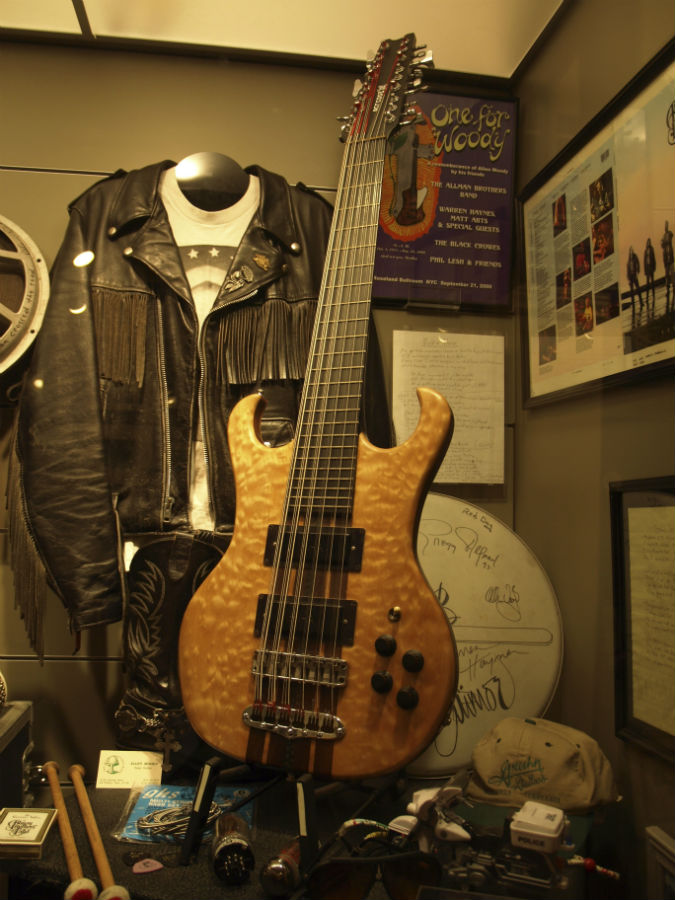

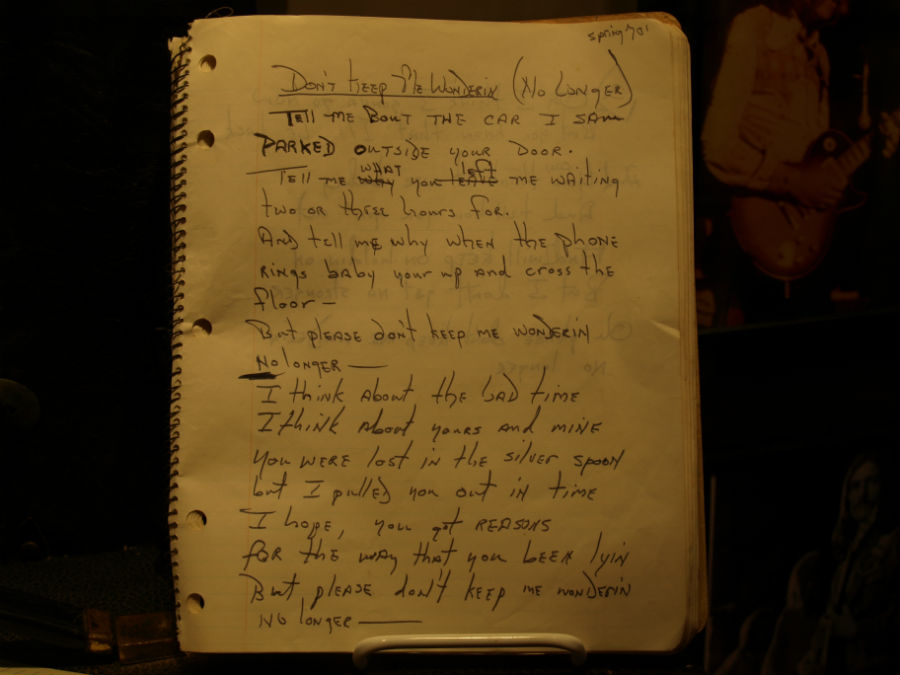
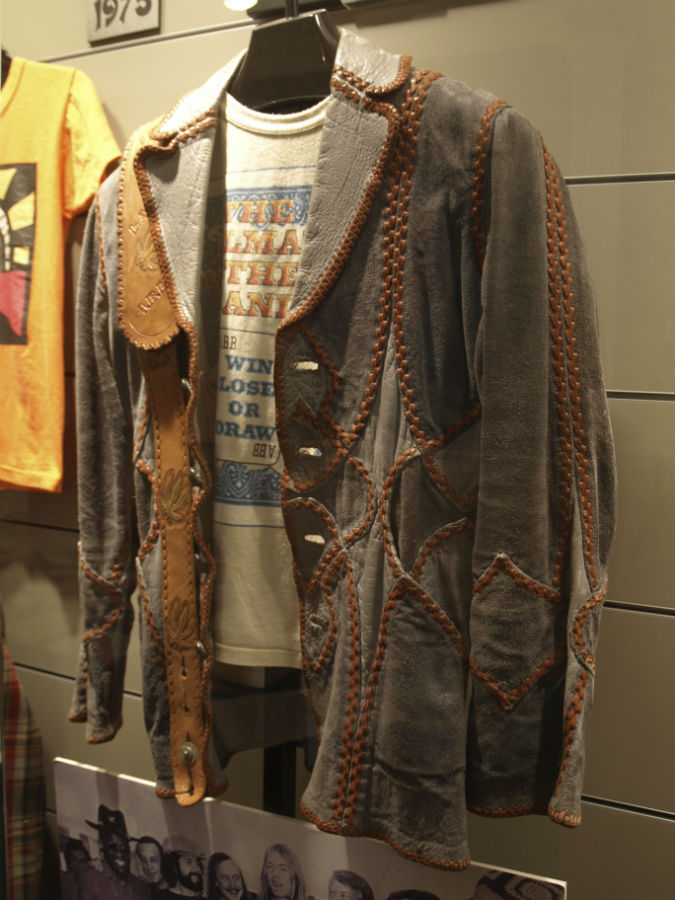
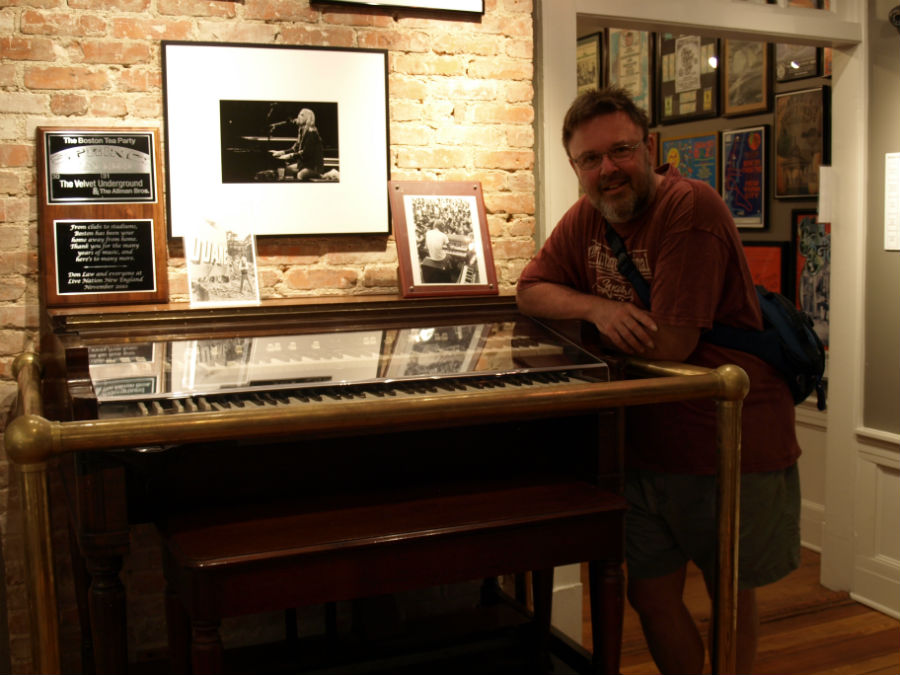
But Macon has other claims to boast too: it’s the city that birthed Little Richard and Otis Redding. This is an incredible amount of world-class talent for such a small city (population: 90,000). The locals like to joke that “it must be something in the water.”
Of Otis Redding there is much to say. He died at the peak of his considerable power, age 26, when his plane went down en route to a gig. But the 300 songs in his catalogue and the stamp he put onto R&B and soul music have long out-lived him. It’s ironic that his best-known song – (Sittin’ On) The Dock Of The Bay – is so unlike most of the other songs in his catalogue, and that he never got to perform it. The plane crash that took his life was a mere three days after he recorded the piece. It was his biggest hit and his first million seller. But you have to see a performance, perhaps from his tour of the United Kingdom, of Try A Little Tenderness so see how this man could bring an audience to frenzy.
We had the chance to sit down with Redding’s daughter, Karla Redding, who reminisced about her dad. “My favourite piece is Love Man,” she said. “Because it’s a pure description of the man he was.” Karla spoke of his commitment to family first and foremost and his obsession with ice cream (especially butter pecan). After we left the Otis Redding Foundation and Mini-Museum we went to the waterfront to see the statue of Redding.
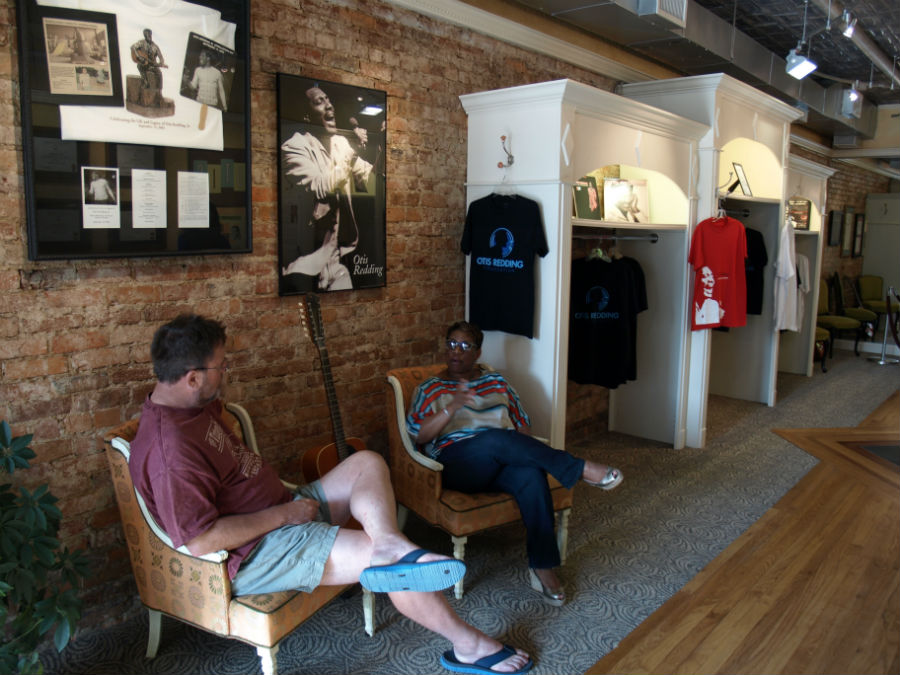
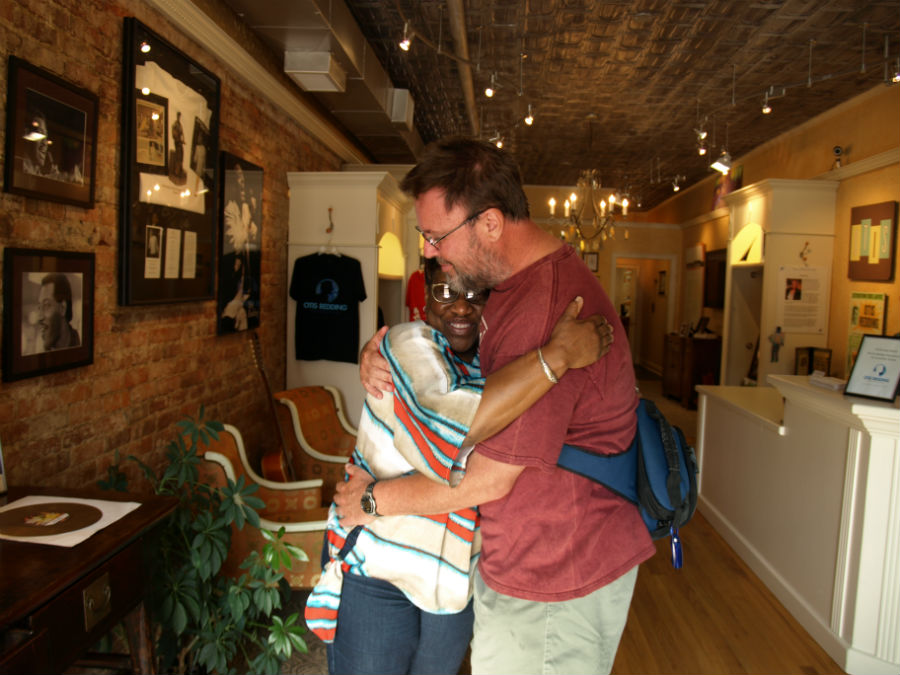
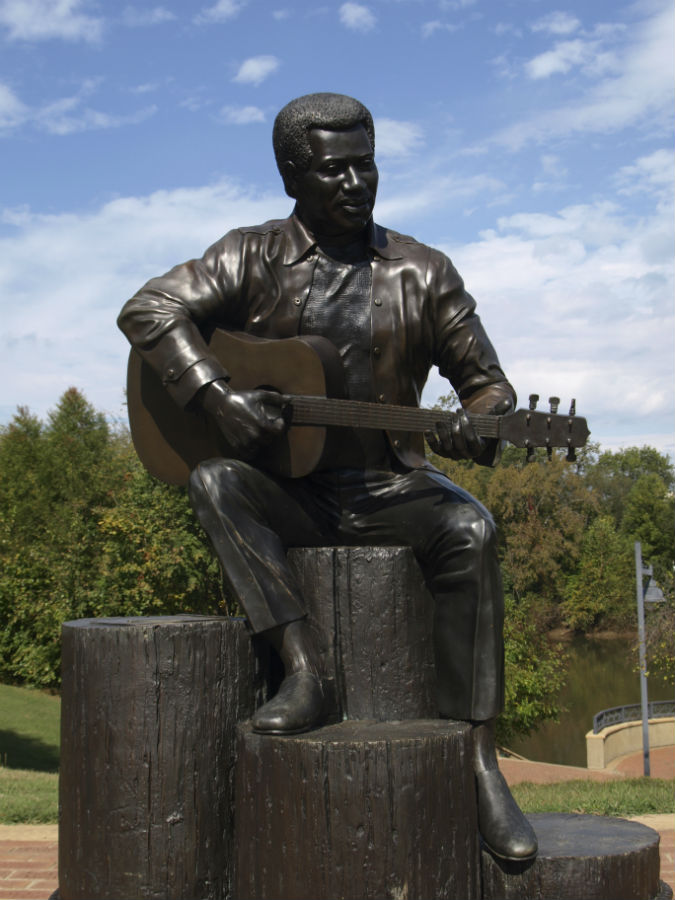
“Little Richard,” Wayne Penniman, is authoritatively one of the founders of rock ’n’ roll. In his induction to the Rock and Roll Hall of Fame, Ringo Starr jokingly blames “Little Richard” – for whom they opened in Hamburg – for the sound and stage energy of The Beatles. No less a figure than Mick Jagger claimed that he “couldn’t believe the power of Little Richard onstage. He was amazing.” Richard’s life story exceeds anything in fiction: he veers in and out of several near encounters with death, finds Jesus, loses him, finds him again and is condemned and honoured along the way for being so far ahead of his time. At this point in time there is no Macon museum dedicated to Little Richard . . . but, who knows what’s coming soon?
We finished up our incredible Macon stay at the H&H Soul Food Restaurant. The H&H was a favourite of “starving musicians” who found friendly faces (and meals) in the original co-owners “Mama” Inez and “Mama” Louise. It’s a Macon institution, an authentic “meat & three” as these traditional Southern eateries are called. The menus offer a meat – from meatloaf to fried chicken – and a choice of three sides (mac & cheese, fried okra, sweet potatoes, collards, etc.). The Allman Brothers members ate here as did Otis Redding when he was a member of Johnny Jenkins’ Pinetoppers. The locals like to call the women who founded the H&H “the Matriarchs of Macon’s historical music scene.”
Topped it all off with a great overnight at the Lake Tobesofkee Arrowhead Campground just 15 minutes outside of town. Spotlessly clean, well maintained sites and dark, dark, dark at night.

